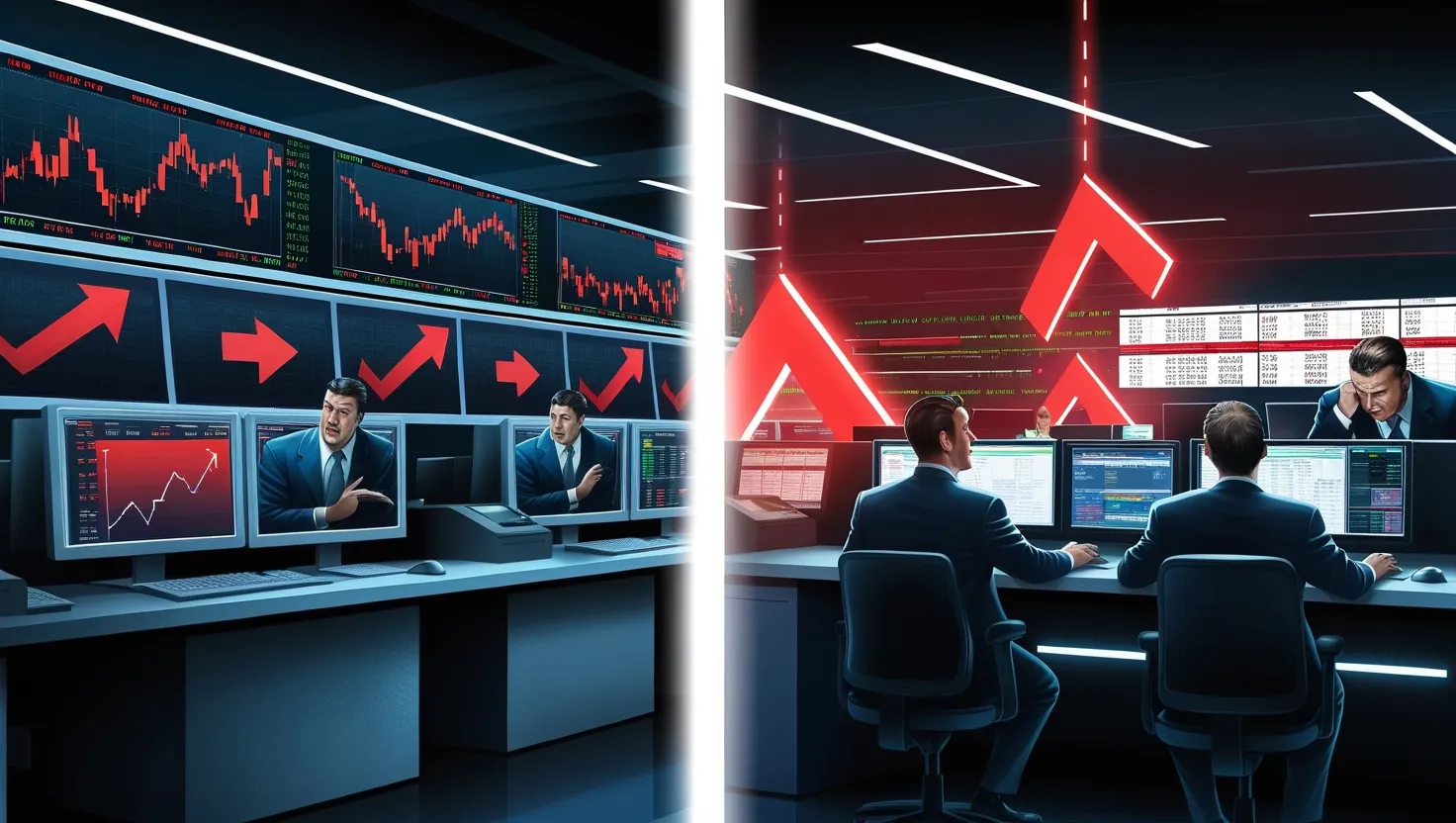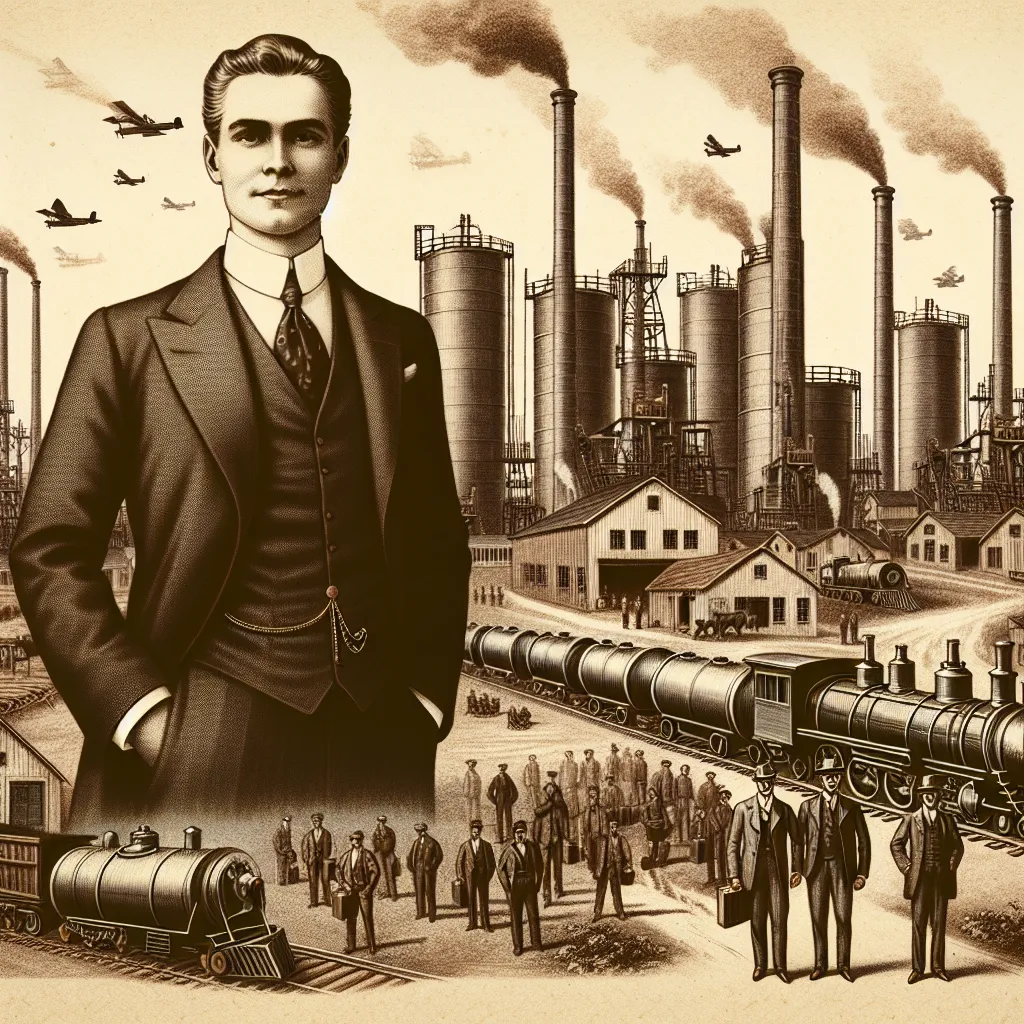The Black Monday Crash of 1987: How Portfolio Insurance Backfired and Reshaped Risk Management
The morning of October 19, 1987 began like any other Monday on Wall Street. Few could have predicted that by closing bell, financial markets worldwide would experience a shock so profound it would permanently alter how we think about market risk. The Dow Jones Industrial Average plunged 22.6% in a single day—the largest one-day percentage decline in modern market history.
What makes Black Monday particularly fascinating was not just its severity, but how quickly it happened and the surprising role that risk management tools played in making it worse. The very systems designed to protect investors ended up amplifying the crash.
“The four most dangerous words in investing are: ‘This time it’s different.‘” - Sir John Templeton
The years leading up to Black Monday featured a remarkably strong bull market. Stock prices had tripled in value since 1982, creating an environment ripe for correction[2]. This extended period of growth had lulled many investors into a false sense of security. Does this pattern sound familiar in today’s markets? History often rhymes, even if it doesn’t repeat exactly.
Portfolio insurance represented a novel approach to risk management in the 1980s. Large institutional investors used this strategy to hedge their stock portfolios by taking short positions in S&P 500 futures contracts. The concept was elegant in theory: if stock prices fell, the short futures positions would increase in value, offsetting losses in the stock portfolio[4].
The fatal flaw? These systems were programmed to automatically increase short futures positions when stock prices declined significantly. On Black Monday, as stocks began falling, portfolio insurance strategies kicked in across multiple institutions simultaneously[4].
“Markets can remain irrational longer than you can remain solvent.” - John Maynard Keynes
What followed was a classic feedback loop. As stock prices dropped, portfolio insurance programs sold more futures contracts. This selling pressure in the futures market created additional downward pressure on stock prices. Lower stock prices triggered more portfolio insurance selling, and the cycle accelerated[4].
Have you ever witnessed a crowd suddenly stampede toward an exit? The 1987 crash operated on similar principles—rational behavior at the individual level created catastrophic outcomes at the system level.
Computerized trading, still in its infancy compared to today’s markets, played a critical role in accelerating the decline. These automated systems removed human judgment from trading decisions, generating buy orders when prices rose and sell orders when prices fell[2]. When everyone’s computer models signaled “sell” simultaneously, the result was a market with virtually no buyers.
“In the short run, the market is a voting machine, but in the long run, it is a weighing machine.” - Benjamin Graham
The market’s infrastructure simply couldn’t handle the volume. Traders reported racing each other to the trading pits to sell their positions[3]. Many orders went unfilled as market makers stepped away, removing crucial liquidity exactly when it was most needed. Communication breakdowns between stock and futures markets added to the chaos.
The global impact was severe but uneven. While U.S. markets fell 22.6%, New Zealand’s stock market crashed a staggering 60%[3]. The worldwide losses were estimated at US$1.71 trillion, sparking fears of extended economic instability or even a repeat of the Great Depression[1].
What factors set the stage for this perfect storm? Beyond the overextended bull market, several economic concerns had created underlying tension. Persistent U.S. trade and budget deficits worried investors. Interest rates were rising. Oil prices were volatile. The dollar had been declining, and there were doubts about governmental attempts to stabilize international money markets through the Louvre Accord signed earlier that year[1].
But the remarkable part of the story isn’t just the crash—it’s what happened next. Despite the severity of the market decline, the recovery came surprisingly quickly. By late 1987, markets had regained much of the lost ground. This rapid bounce-back highlighted an important distinction between liquidity crises and fundamental economic problems. The underlying economy remained relatively healthy throughout the crash.
“The stock market is filled with individuals who know the price of everything, but the value of nothing.” - Philip Fisher
The different policy responses around the world created a natural experiment in crisis management. Central banks in the United States, West Germany, and Japan provided market liquidity to prevent debt defaults among financial institutions. Their quick action limited the impact on the real economy, keeping it relatively short-lived[1].
New Zealand took a different approach. The Reserve Bank of New Zealand refused to loosen monetary policy, resulting in “sharply negative and relatively long-term consequences for both its financial markets and real economy”[1]. This contrast demonstrates how central bank responses can significantly influence whether financial market troubles spread to the broader economy.
What lessons did regulators learn? The 1987 crash prompted significant changes to market structure. Circuit breakers were introduced to halt trading during extreme market moves, giving participants time to process information and restore order. Coordination between stock and futures markets improved substantially. These changes have helped prevent similar feedback loops in subsequent market declines.
“The intelligent investor is a realist who sells to optimists and buys from pessimists.” - Benjamin Graham
For today’s investors, Black Monday offers several enduring lessons. First, it demonstrates how risk management tools can themselves become sources of systemic risk when widely adopted. When everyone rushes for the exits simultaneously, the door becomes too small.
Do you ever consider how your investment strategy might perform if everyone tried to execute the same plan at once?
Second, the crash highlights the importance of understanding how automated trading systems interact during stressed market conditions. As markets become increasingly dominated by algorithmic trading, the potential for technology-driven feedback loops remains a concern.
Third, Black Monday shows that severe market declines don’t necessarily predict economic recessions. The relationship between financial market volatility and underlying economic fundamentals is complex. While the 1987 crash was dramatic, it didn’t lead to a broader economic downturn.
“Risk comes from not knowing what you’re doing.” - Warren Buffett
Perhaps most importantly, the crash demonstrated the value of keeping a cool head during market panics. Investors who sold at the bottom locked in substantial losses, while those who maintained their positions recovered relatively quickly.
The legacy of Black Monday continues to influence market structure and risk management practices today. Modern markets include numerous safeguards designed specifically to prevent the kind of cascading selling that occurred in 1987. Yet as financial innovation continues to evolve, new forms of systemic risk may emerge.
What would happen if today’s high-frequency trading algorithms all responded to market stress in similar ways?
The story of Black Monday also reminds us that financial markets are not just mathematical constructs—they’re human systems subject to fear, greed, and panic. When the computerized trading systems created a domino effect of selling, they were ultimately reflecting and amplifying human emotions[4].
Financial markets have shown remarkable resilience over time, but they’re not immune to periodic crises. Black Monday teaches us to question conventional wisdom about risk management. Tools designed to reduce individual risk can sometimes increase systemic risk when widely adopted. This paradox continues to challenge regulators and market participants alike.
“The four most expensive words in the English language are ‘This time it’s different.‘” - Sir John Templeton
As we look to the future, the lessons of Black Monday remain relevant. Markets continue to grow more complex, with new financial instruments and trading strategies emerging constantly. The interaction between these innovations and market stability remains an open question.
The crash of 1987 transformed how we think about market risk. It taught us that markets are complex adaptive systems where individual rational behaviors can sometimes produce collective irrational outcomes. It showed us that liquidity can evaporate precisely when it’s most needed. And it demonstrated that well-intentioned risk management tools can sometimes backfire spectacularly.
For investors today, Black Monday offers a humbling reminder of market unpredictability and the limitations of risk models. No matter how sophisticated our analysis becomes, markets retain the capacity to surprise. This recognition isn’t cause for fear, but rather for prudence and perspective.
“In investing, what is comfortable is rarely profitable.” - Robert Arnott
The most enduring lesson may be this: market crashes, while painful, are also opportunities for learning and adaptation. The financial system that emerged from Black Monday was more resilient because of the hard lessons learned. Each crisis teaches us something new about market behavior and how to build more stable financial systems.
The question isn’t whether markets will experience future shocks—they will. The question is whether we’ll remember and apply the lessons of past crises when the next one arrives.






